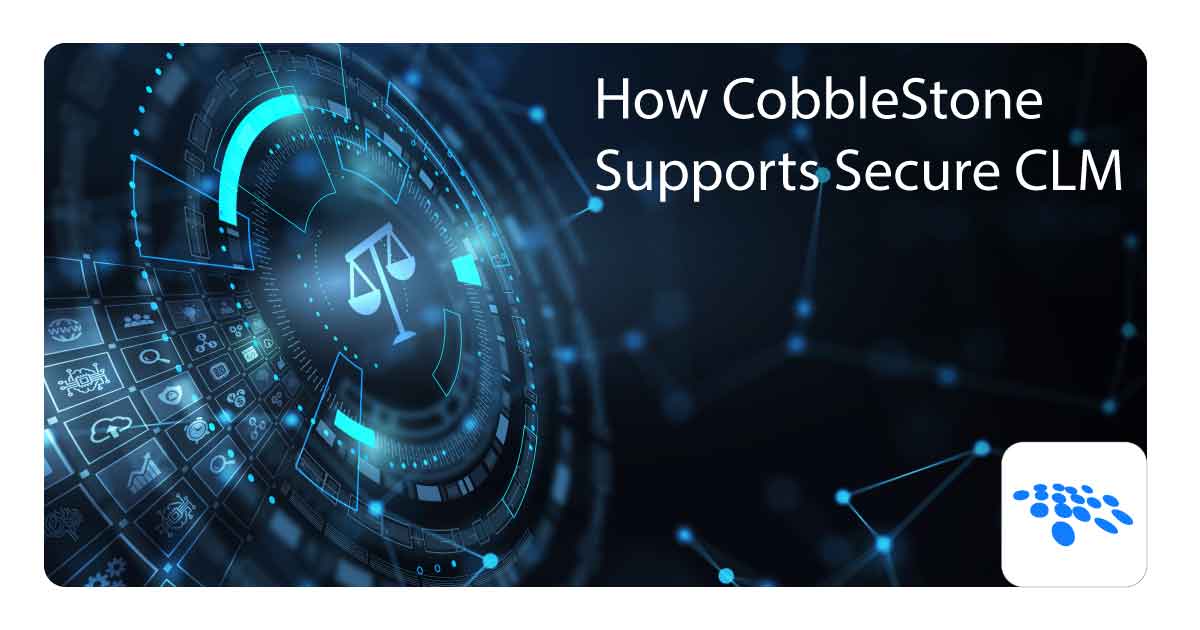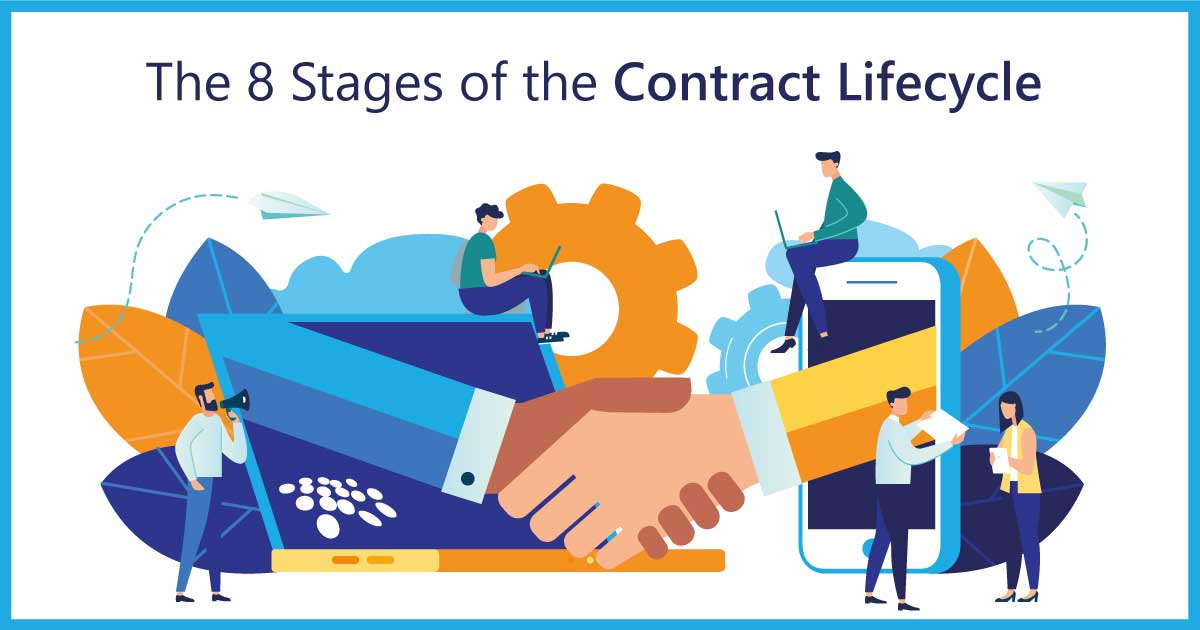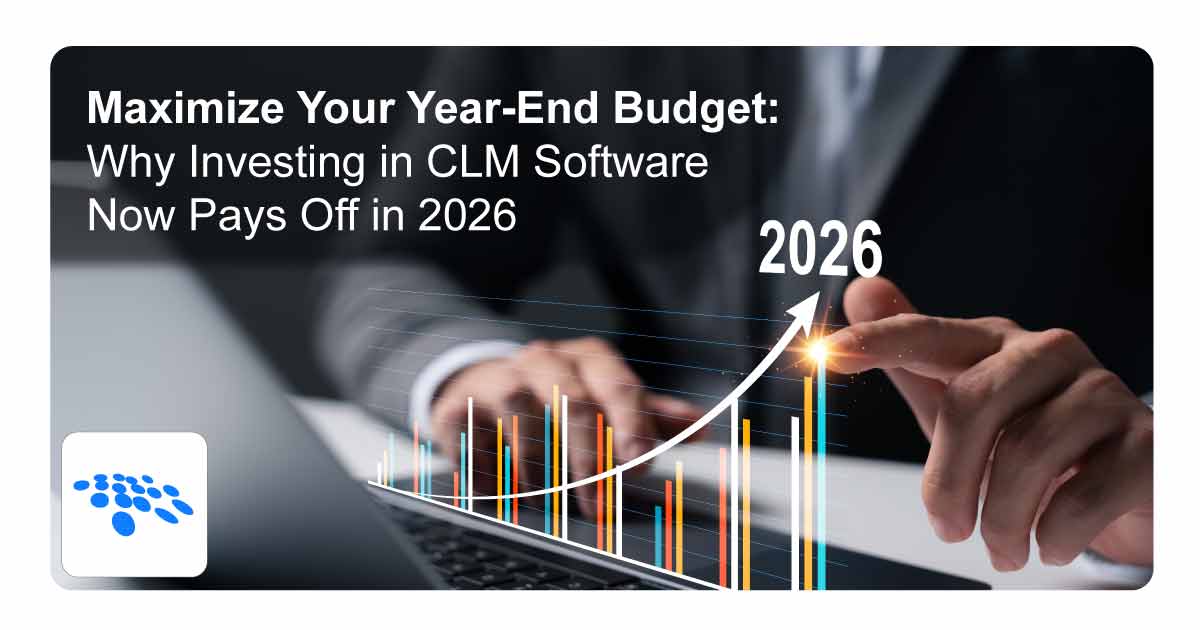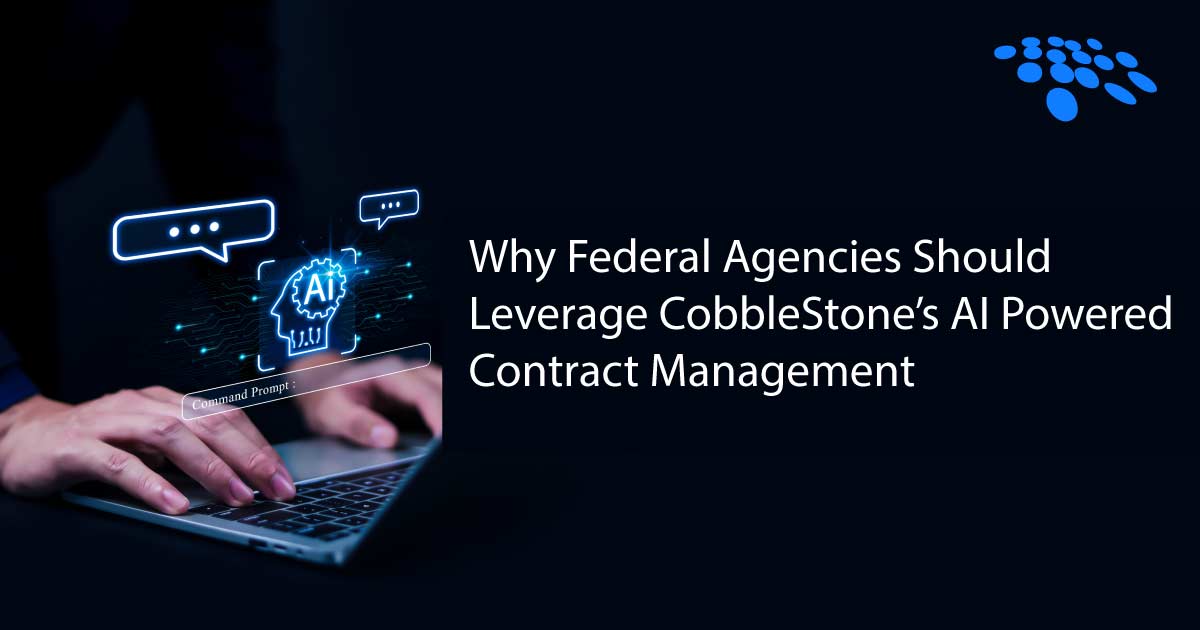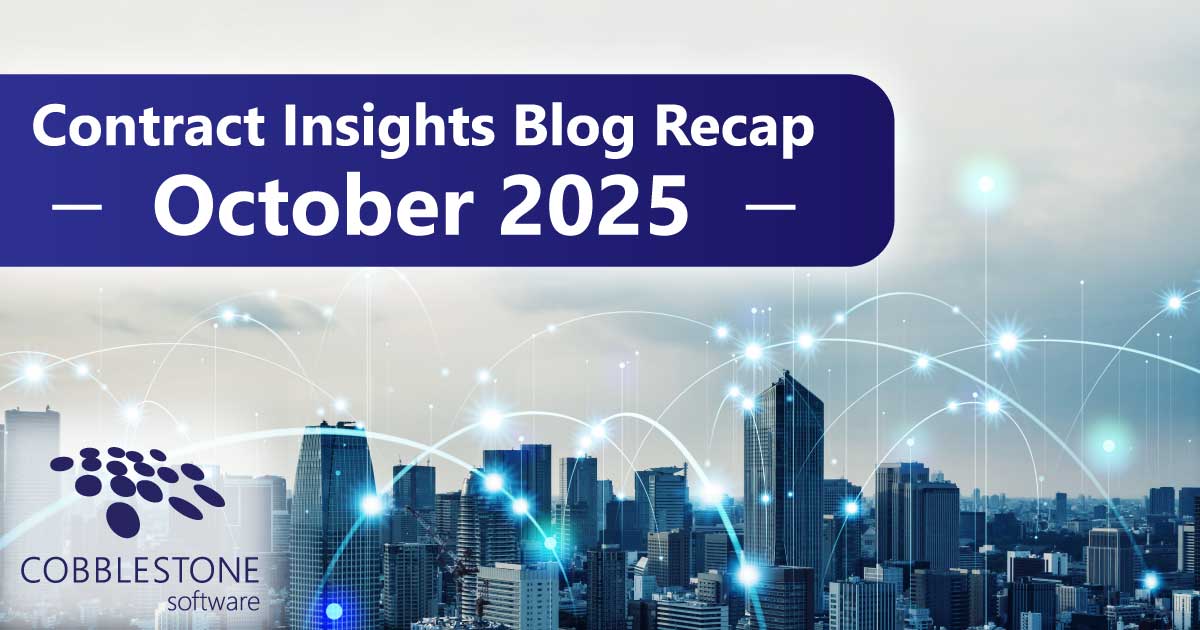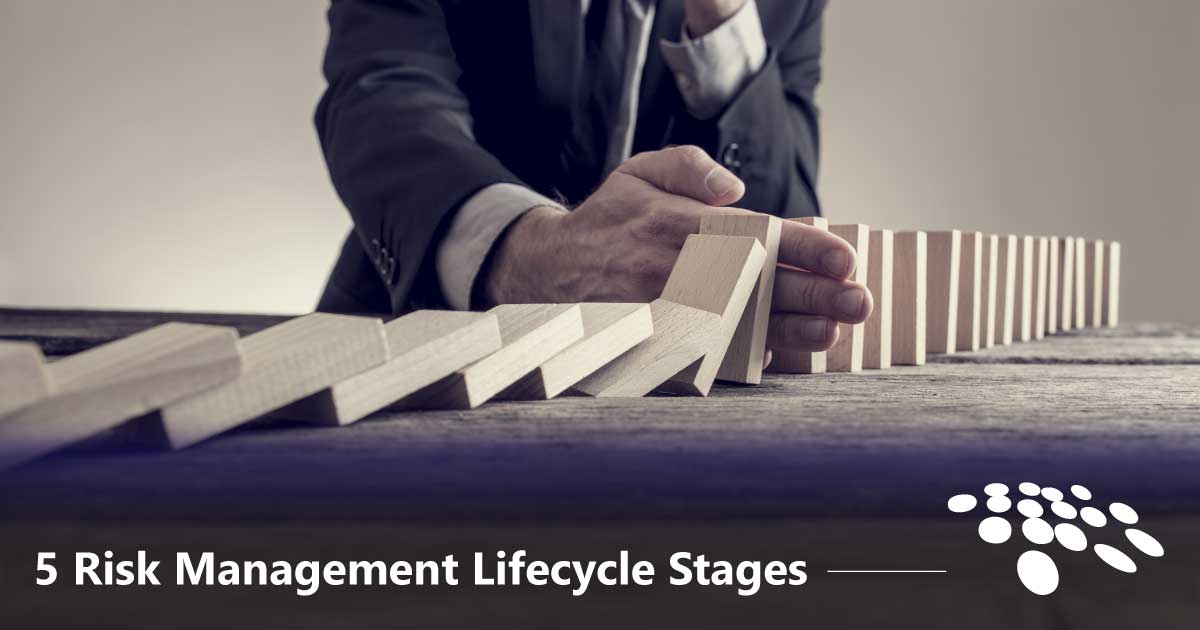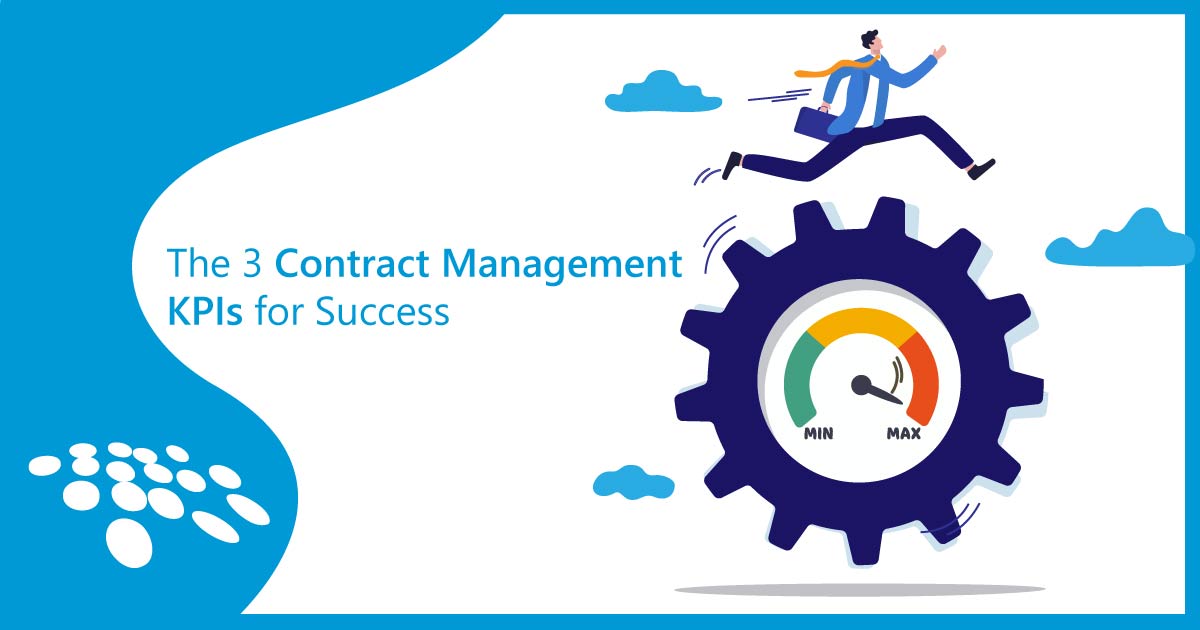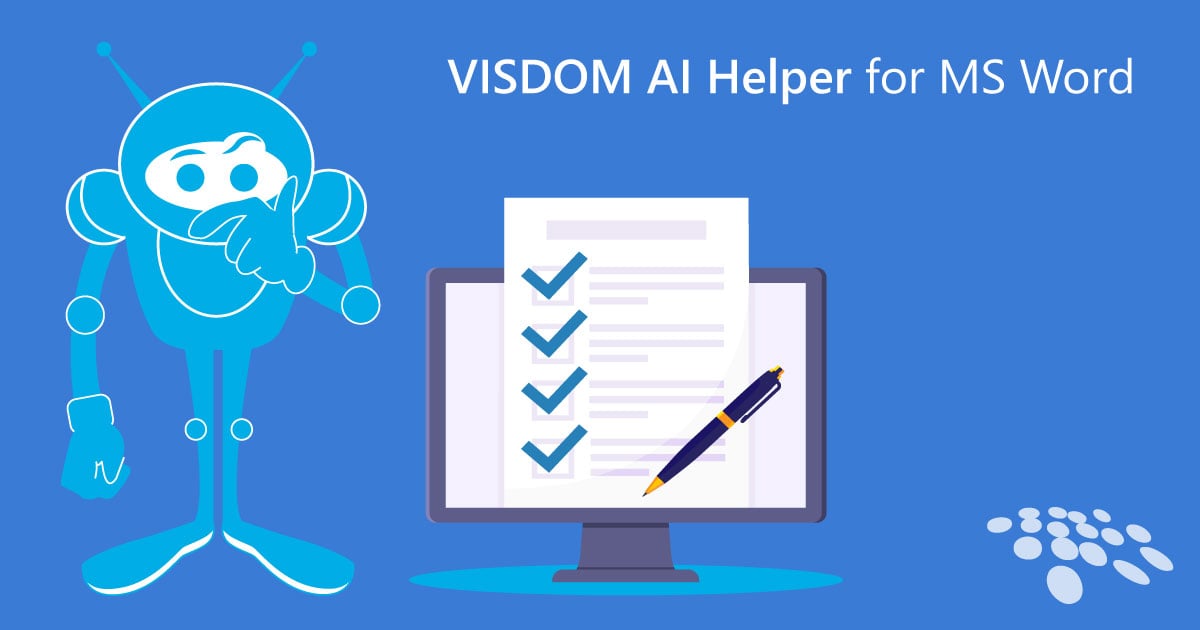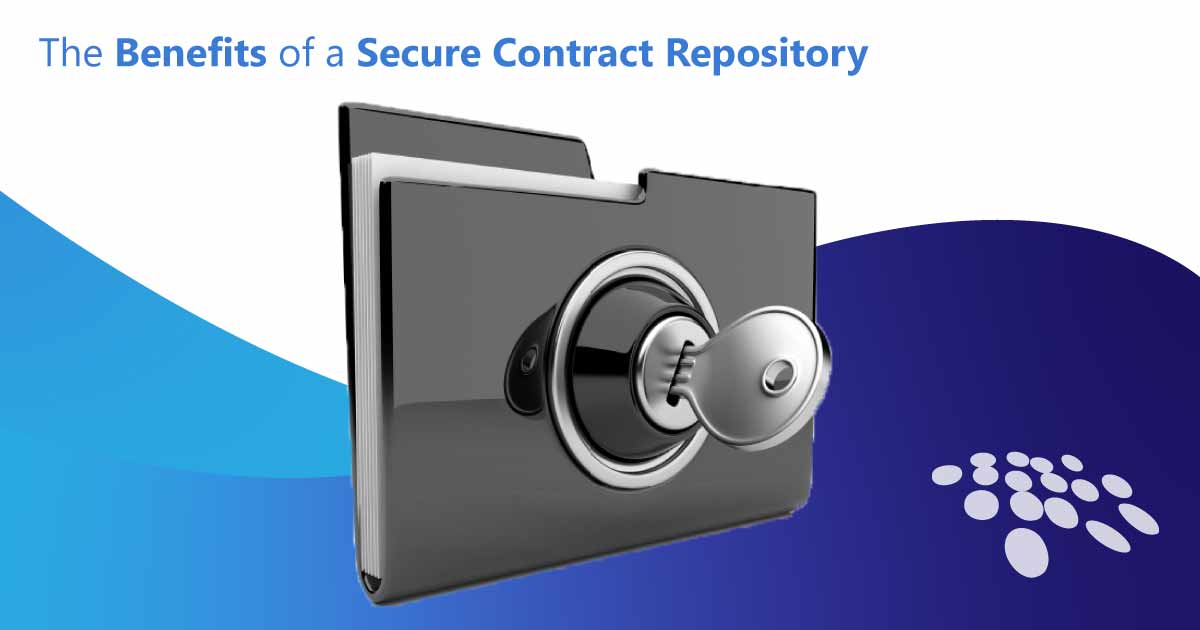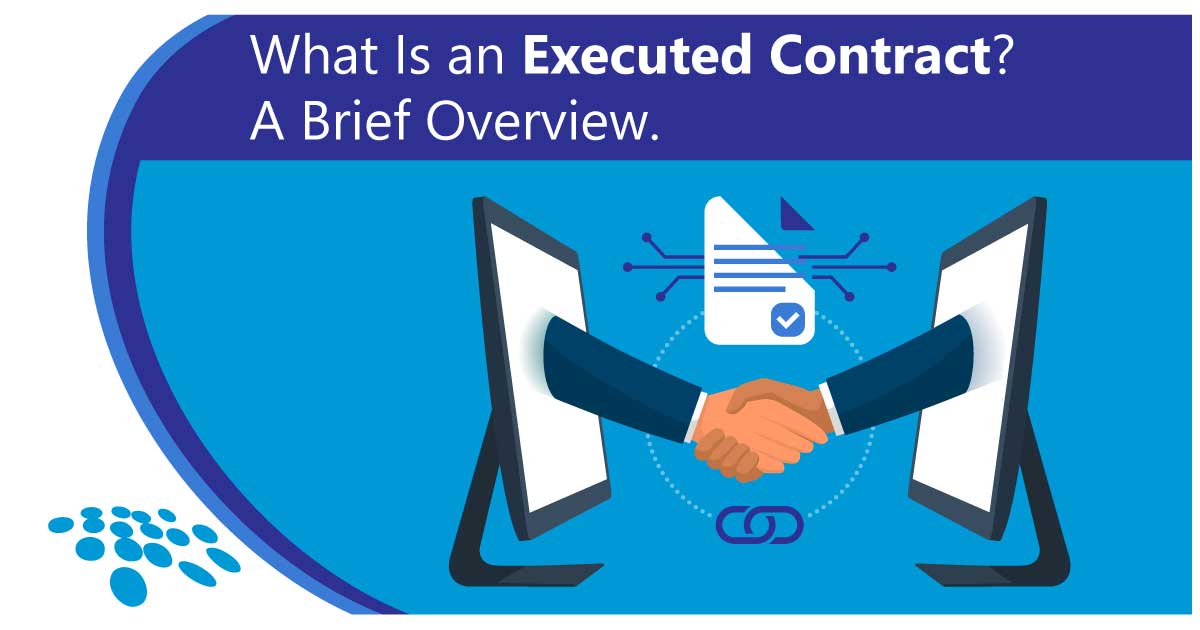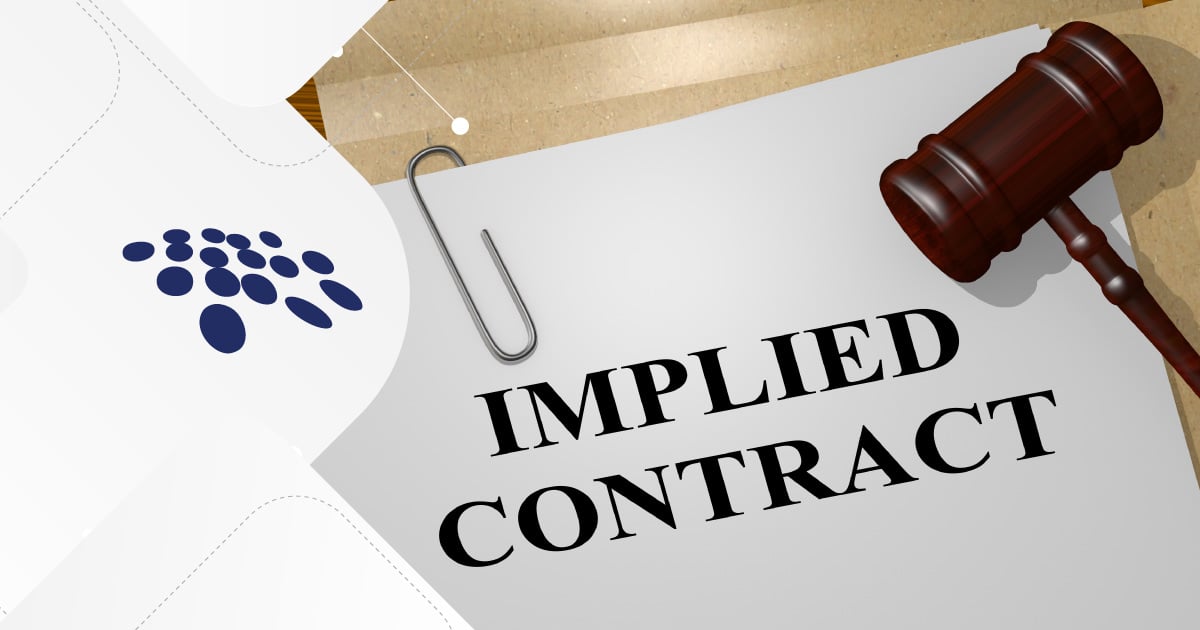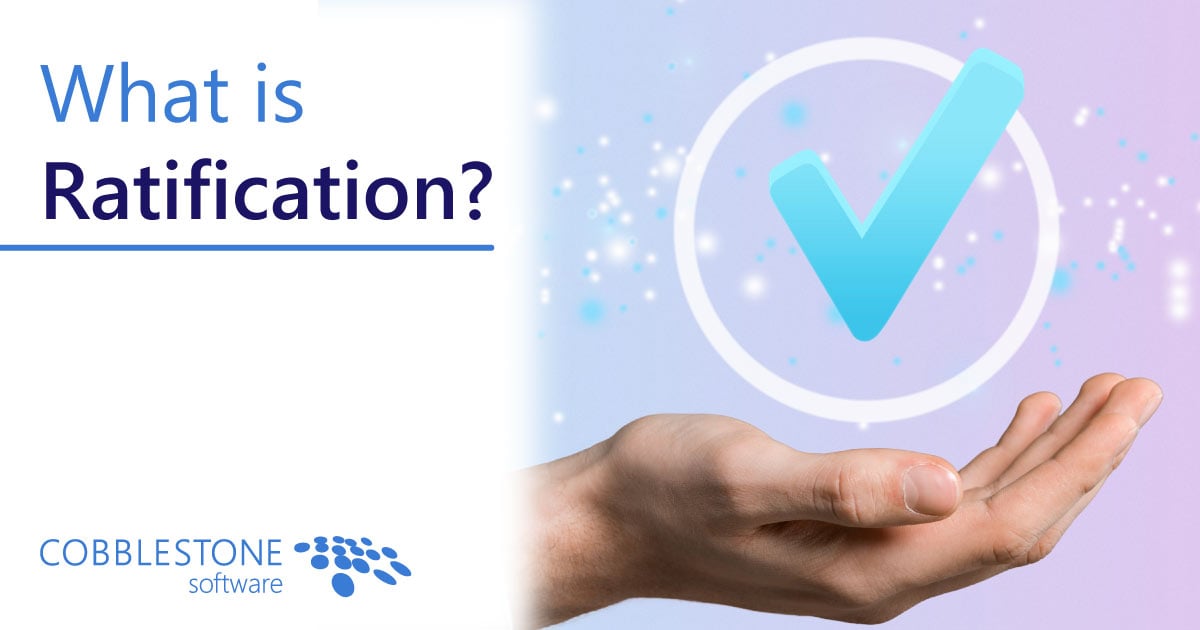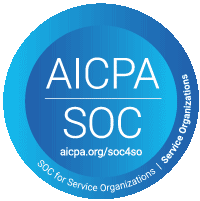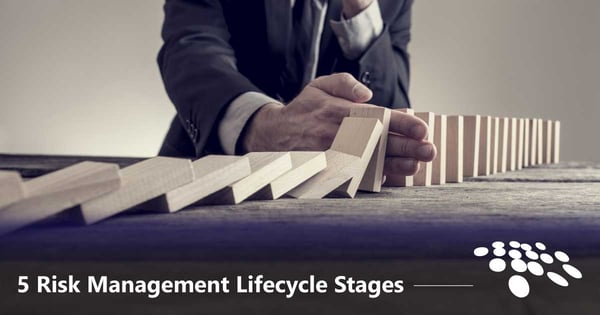
The five stages of the risk management lifecycle are risk identification, risk assessment, risk response, risk monitoring, and risk reporting. These stages help organizations proactively manage contract-related risks and improve compliance, performance, and decision-making.
Summary: Risk Management Lifecycle in Contract Management
- Risk management is a continuous process that protects organizations from financial, legal, and operational threats.
- The five key stages are:
- Risk Identification
- Risk Assessment
- Risk Response
- Risk Monitoring
- Risk Reporting
- Contract management software like CobbleStone Contract Insight® automates and enhances each stage.
- AI-powered tools such as VISDOM® support clause detection, risk scoring, and real-time alerts.
What Is Risk Management in Contract Lifecycle Management?
Risk management in CLM involves identifying, evaluating, and mitigating risks throughout the contract lifecycle. These risks may include:
- Missed deadlines
- Non-compliance with regulations
- Financial exposure
- Vendor performance issues
The CobbleStone Contract Insight® platform helps organizations:
- Detect risk early using AI clause analysis
- Score risk levels with Risk Mapper & Profiler
- Automate alerts and workflows for proactive mitigation
What Are the 5 Stages of the Risk Management Lifecycle?
| Stage | Purpose | CobbleStone Tools |
|---|---|---|
| 1. Risk Identification | Spot potential risks before they escalate. | Clause Discovery in Word Add-In |
| 2. Risk Assessment | Evaluate the likelihood and impact of each risk. | VISDOM AI Risk Scoring |
| 3. Risk Response | Develop strategies to mitigate, transfer, or accept risks. | Automated Workflows |
| 4. Risk Monitoring | Continuously track risk indicators and changes. | Email Alerts & Dashboards |
| 5. Risk Reporting | Communicate risk status to stakeholders and decision-makers. | Custom Reports & Scorecards |
How Does Risk Management Improve Contract Outcomes?
Effective risk management leads to fewer disputes, stronger compliance, and better contract performance. With CobbleStone’s CLM tools, organizations can:
- Avoid missed milestones
- Reduce manual errors
- Improve vendor accountability
- Strengthen audit readiness
Explore how CobbleStone Contract Insight® supports these outcomes with:
- Clause-level risk detection
- Automated risk scoring
- Configurable alerts and workflows
Manual vs. Automated Risk Management: Which Is Better?
| Approach | Pros | Cons |
|---|---|---|
| Manual | Human judgment, customizable | Time-consuming, error-prone |
| Automated (CLM) | Scalable, consistent, real-time insights | Requires setup and training |
CobbleStone recommends a hybrid approach—automating routine tasks while allowing human oversight for complex decisions.
First-Hand Insight: What Our Team Has Learned
From working with clients across industries, CobbleStone has found:
- Early risk identification saves time and money.
- Automated alerts prevent contract breaches.
- Integrated reporting improves executive decision-making.
Key Takeaways
- The risk management lifecycle is essential for contract success.
- Use CLM software to automate and enhance each stage.
- A hybrid approach balances automation with human judgment.
- Regularly review and update risk strategies to stay ahead.
Book a free demo to learn more!
To stay up to date on best practices, industry news, and CobbleStone Software updates, be sure to subscribe to our blog and YouTube Channel.
*Legal Disclaimer: This article is not legal advice. The content of this article is for general informational and educational purposes only. The information on this website may not present the most up-to-date legal information. Readers should contact their attorney for legal advice regarding any particular legal matter.







